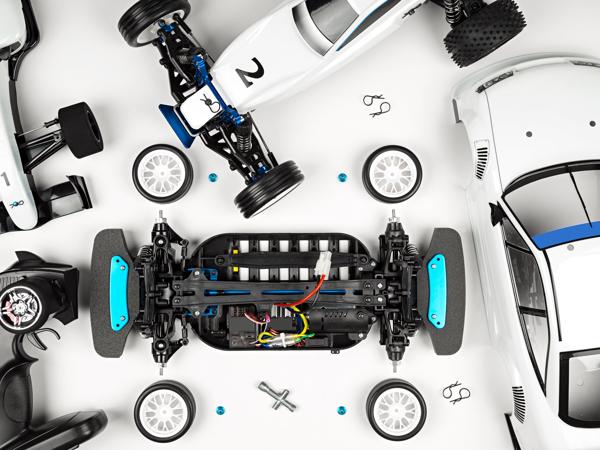In recent years, the way we interact with technology every day has evolved pretty significantly. One interesting development in the automotive world is the introduction of over-the-air (OTA) updates. Just like how your smartphone updates its software regularly to add new features or fix bugs, cars are now doing the same. Let's dive into the world of OTA updates in cars to see what they mean for us and our driving experience.
What Are Over-the-Air Updates?
Over-the-air updates allow manufacturers to modify the software that controls various systems in a vehicle without the need for drivers to visit a dealership or service center. Updates are downloaded wirelessly, often using the car's built-in connectivity features. These updates can range from simple bug fixes to new infotainment features or even changes in driving dynamics.
The Benefits of OTA Updates
Convenience
One of the clear advantages of OTA updates is the convenience they offer. Gone are the days when you'd need to schedule an appointment with a dealer for minor software issues or updates. Now, updates can happen overnight or at a scheduled time, reducing downtime and inconvenience.
Cost Efficiency
For manufacturers, OTA reduces the logistical costs associated with recalls and service updates. For consumers, this might translate to fewer trips to the dealership and potentially lower maintenance costs over the lifespan of a vehicle.
Up-to-Date Features
With technology rapidly progressing, OTA updates ensure that your car remains modern and competitive. For instance, Tesla frequently adds features like enhanced autopilot capabilities or new entertainment options via OTA updates, ensuring their vehicles don’t lag behind newer models.
Potential Drawbacks and Concerns
Data Security
Like any internet-connected device, cars equipped with OTA capabilities can be vulnerable to cyber threats. Manufacturers are continually working to enhance security, but there's always a risk of unauthorized access or data breaches.
Compatibility Issues
Not all updates are compatible with every model or configuration. There can be cases where an update may lead to unforeseen issues, although manufacturers typically offer fixes quickly.
Examples of OTA Updates in Cars
Tesla
Tesla is perhaps the most well-known brand utilizing OTA updates extensively. Their vehicles frequently receive updates that can increase battery efficiency, improve navigation systems, or add new autonomous driving features.
Ford
With its SYNC 4 system, Ford has integrated OTA updates to improve both safety features and performance elements of their vehicles. They have used this system to roll out improvements in voice recognition and user interface adjustments.
BMW
BMW's ConnectedDrive system allows for OTA updates that enhance everything from navigation system algorithms to vehicle performance settings. This is especially useful as it supports BMW's move towards a more software-centric automotive experience.
Looking Toward the Future
The trend of over-the-air updates is likely to expand even further, as more manufacturers develop the technology and infrastructure required to support it. The landscape of driving and car maintenance is changing; perhaps, very soon, visiting a dealership for software updates will feel as antiquated as renting a DVD from a video store.
Caution with Optimism
As promising as OTA updates are, it's important to approach them with a balanced view. While they bring a host of benefits, the associated risks should make us vigilant. Staying informed and understanding how they integrate with your vehicle can help you leverage their full potential little by little.
In the end, it's fascinating to consider that something as simple as a software update, reminiscent of our everyday devices, can now significantly affect our driving experience. The integration of smart technology into our lifestyle, especially in cars, underscores the theme of living smartly with technology—a testament to innovation's quiet yet impactful touch on our lives.




